From initial planning surveys to ongoing monitoring, drones have opened up new horizons for organisations to boost efficiency, cut costs, and mitigate risk — providing the best possible perspectives with high-resolution photography and photogrammetry. But there’s another layer to drone inspection that often goes undetected: the sustainability benefits. Jerome Avenel from Sony Europe explains more
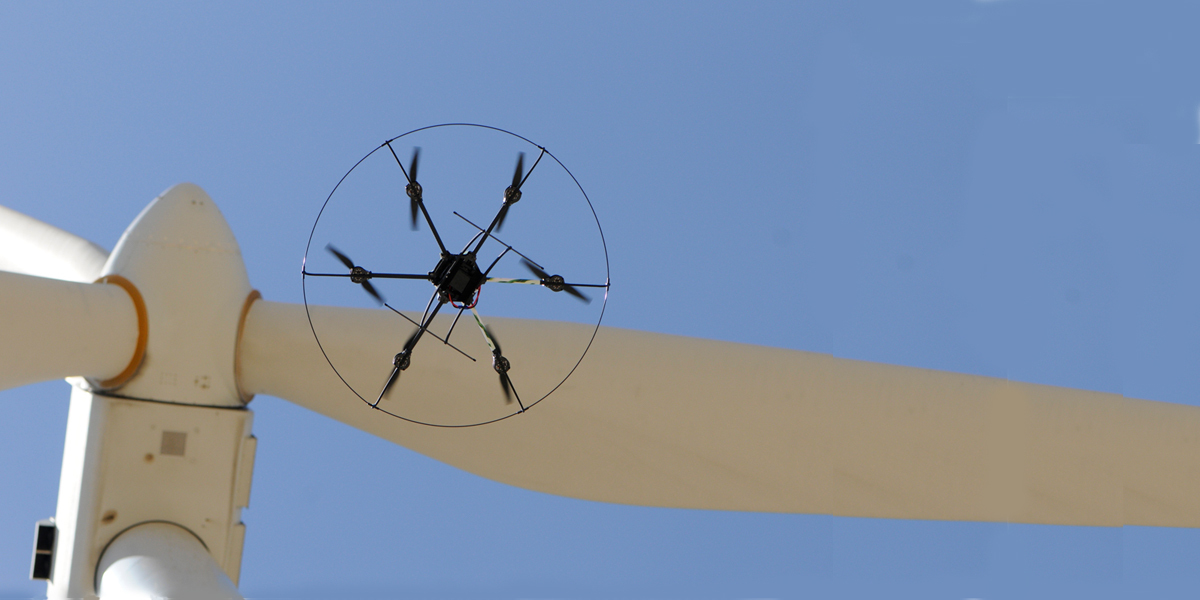
So, how are drone inspections greener than traditional methods, and could they be the silent enablers of environmental progress?
Renewable energy: faster, safer, and greener
The renewable energy sector is riding sky-high with the help of drones. Whether it's assessing offshore wind turbines or scanning solar farms, advanced drone inspections are empowering the industry to level up its safety practices, optimise energy generation, and reduce emissions.
Inspecting large infrastructures can be incredibly dangerous business — particularly routine wind turbine operations. With drone inspections, workers are no longer required to climb dangerous heights or navigate challenging terrain. Instead, drones equipped with high-resolution cameras can quickly identify damage, defects, and performance issues, allowing for timely maintenance and reducing downtime.
As these inspections become more thorough, not only is the frequency of service visits reduced, but it also ensures the longevity and productivity of renewable energy installations, reducing waste and maximising green energy yield.
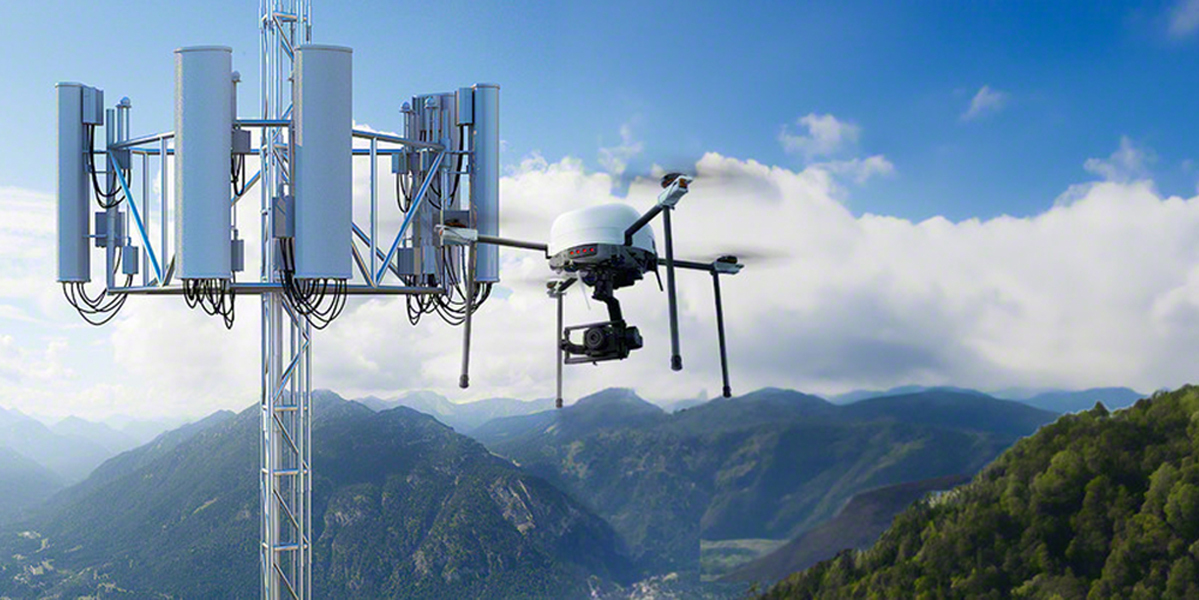
Another benefit of camera-equipped drones is their role in scaling renewable energy projects, which can be a challenging process rife with roadblocks such as supply chain setbacks. Drones can help overcome some of these scaling challenges by providing a comprehensive bird’s-eye view of potential sites.
In this, a single drone operator can easily map terrain, assess environmental factors, identify potential challenges, and ultimately complete tasks considerably faster than a typical team of surveyors in their vehicles.
Furthermore, a recent study found that using drones for parcel delivery emitted 84% less greenhouse gas and demonstrated 94% more energy efficiency than diesel trucks.
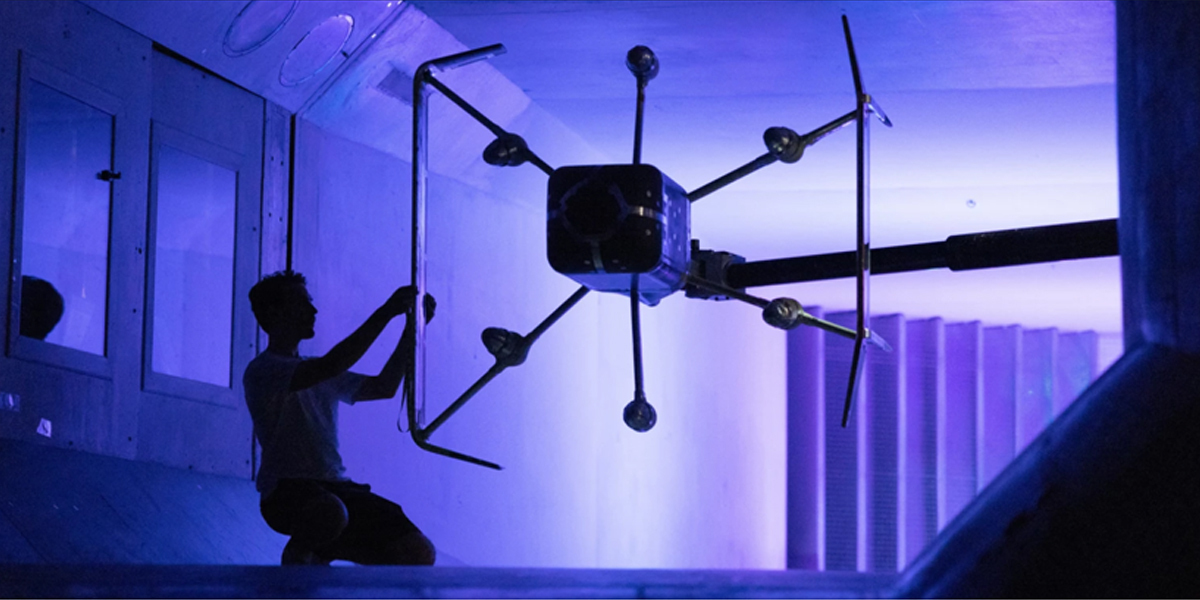
All this to say, with the help of drones, this sector can generate more renewable energy by enabling the expansion of larger projects, while exerting less energy and emissions in the planning process.
Agriculture: precision farming and disease prevention
Offering a way to enhance crop efficiency, drone inspections are revolutionising agriculture through the innovative use of imaging technology. With high-quality, specialised drone cameras recording a comprehensive range of detailed data, farmers gain an unprecedented level of real-time visibility over their crops and fields, allowing them to monitor and manage over 500 of acres of land with remarkable precision in a single flight. By capturing high-resolution images and data, farmers can precisely target the application of fertilisers and water, cutting down on waste, improving crop health, and generating higher yields.
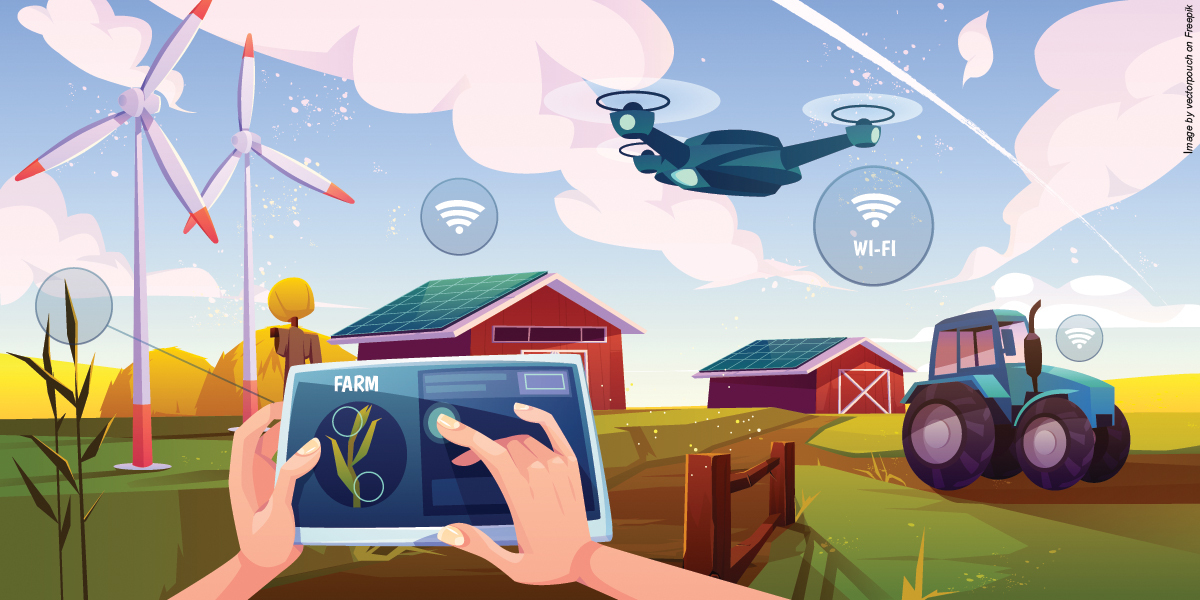
So far, drone use in agriculture has shown positive results, with recent studies concluding this method to be an incredibly promising tool for workers, especially in early disease detection.
With advanced imaging capabilities, these technologies are quick to identify subtle signs of stress or disease in plants long before they become visible to the naked eye. As a result, farmers are able to treat the problem in a timely manner, preventing the spread of disease, and reducing the need for traditional blanket applications of pesticides. Where these chemicals can have devastating consequences on the environment — leaching into soil and water — minimising the use of pesticides helps prevent the harmful knock-on effects on surrounding ecosystems.
The power of drone cameras
Delivering detailed imagery of infrastructure, crops, and plots, drone cameras enable users to identify issues not always visible to the naked eye. Through capture methods such as photogrammetry, drone cameras will be instrumental to also generate accurate 3D models, invaluable for surveying land, monitoring erosion, and assessing environmental changes over time.
On a day-to-day basis, they can be used for early forest fire detection or guiding firemen’s efforts to increase their effectiveness. Drones are also proving invaluable when it comes to detecting and preventing illegal activities: Illegal waste dumping, construction, fishing, hunting or logging can all be mitigated through drones.
Looking further, towards the macro monitoring needed to measure the impact of climate change on the planet, drone imagery is proving essential in monitoring and mapping how glaciers and Icecaps are evolving year on year, or how our coastal lines are changing.
But when using drones for data capture, there are a lot more considerations than initially meet the eye. There are many aspects of the camera payload to take into account, such as body, weight, frame rate, resolution and more. Put simply, the more thought that goes into the camera, the more efficiently the drone equipment runs.
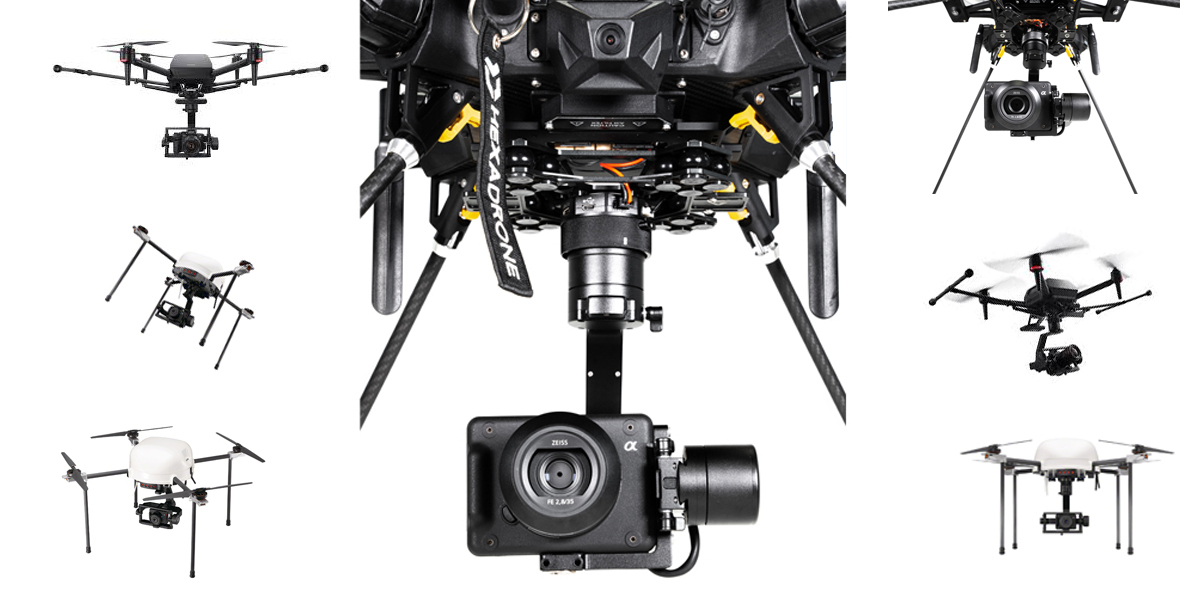
If a drone camera is too heavy, it can take a toll on flight time, as aerial motors are required to use more energy to stick to the determined flight path. As a result, the batteries drain faster, impacting airtime and most likely leading to incomplete data sets. Of course, this can only mean more flights, which unfortunately negates the efficiency gains and environmental benefits that drones offer.
To optimise drone operations, there’s a perfect balance to be met. Upteko, a Danish drone services company specialising in wind turbine and ship inspections, provide an ideal example of how this can be achieved.
The company sought to optimise its drone operations for maximum efficiency and productivity. This required a camera that was lightweight, flexible, and high-resolution. As the smallest and lightest camera in Sony's Alpha range, Upteko turned to the ILX-LR1 — a compact yet powerful camera fit to detect the finest details. With the ILX-LR1, Upteko achieved a remarkable 43% reduction in the overall weight of their drone platform, which directly translated to a record 53-minute flight time for their drone class, surpassing previous capabilities.
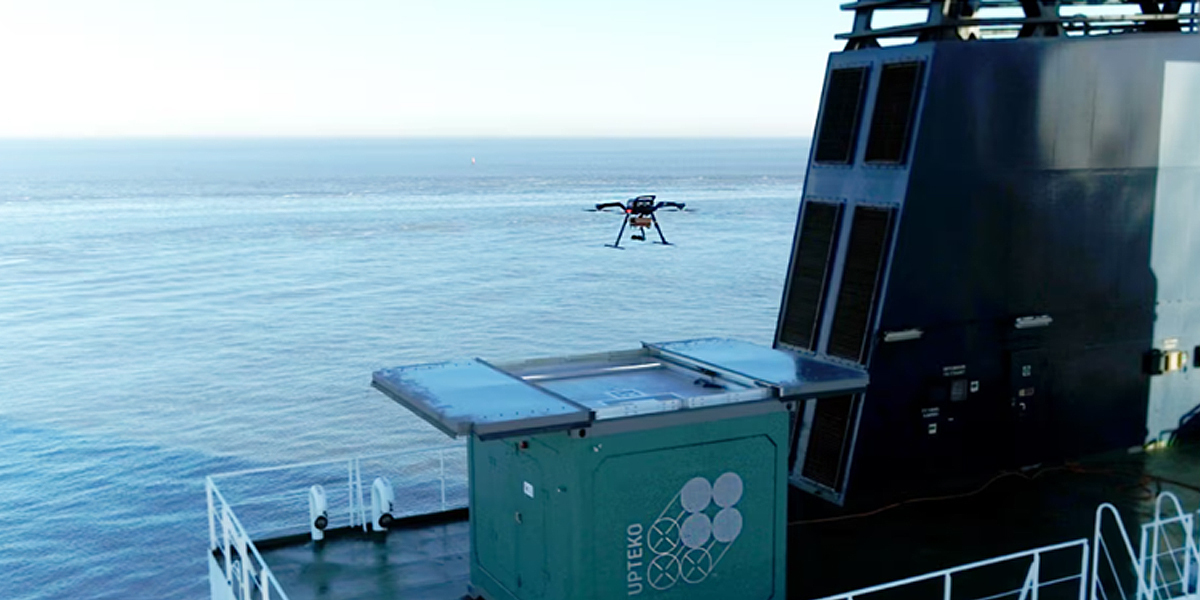
The extended flight times unlocked a range of benefits for Upteko. From increased efficiency with fewer battery changes to lower operational costs, the company was able to complete more tasks, gather more comprehensive data sets, and reduce energy consumption across their drone operations.
Small changes, big impact
While drone data will never be a panacea for the many environmental challenges we face, it’s important to avoid underestimating how the little things eventually add up. From energy and agriculture to broader sustainability goals, the cumulative impact on environmental protection is significant, as each small efficiency improvement leads to a greener operational footprint.
Whether directly by reducing reliance on harmful chemicals, or indirectly, by facilitating the growth of renewable energy, drone data capture is proving to be a powerful force for positive change. With new applications emerging to enhance sustainability efforts, such as air quality assessments, methane leak identification, and reforestation effort support, this aerial technology is facilitating better industry outcomes that make a lasting difference on our planet.
(1). The case for drones in UK agriculture. Connected Places Catapult. 2022 (https://cp.catapult.org.uk/new...)
Jerome Avenel is ISS Business Creation Head at Sony Europe, headquartered in Weybridge, Surrey, UK (https://www.sony-europe.com/eu...)
Subscribe to our newsletter
Stay updated on the latest technology, innovation product arrivals and exciting offers to your inbox.
Newsletter

